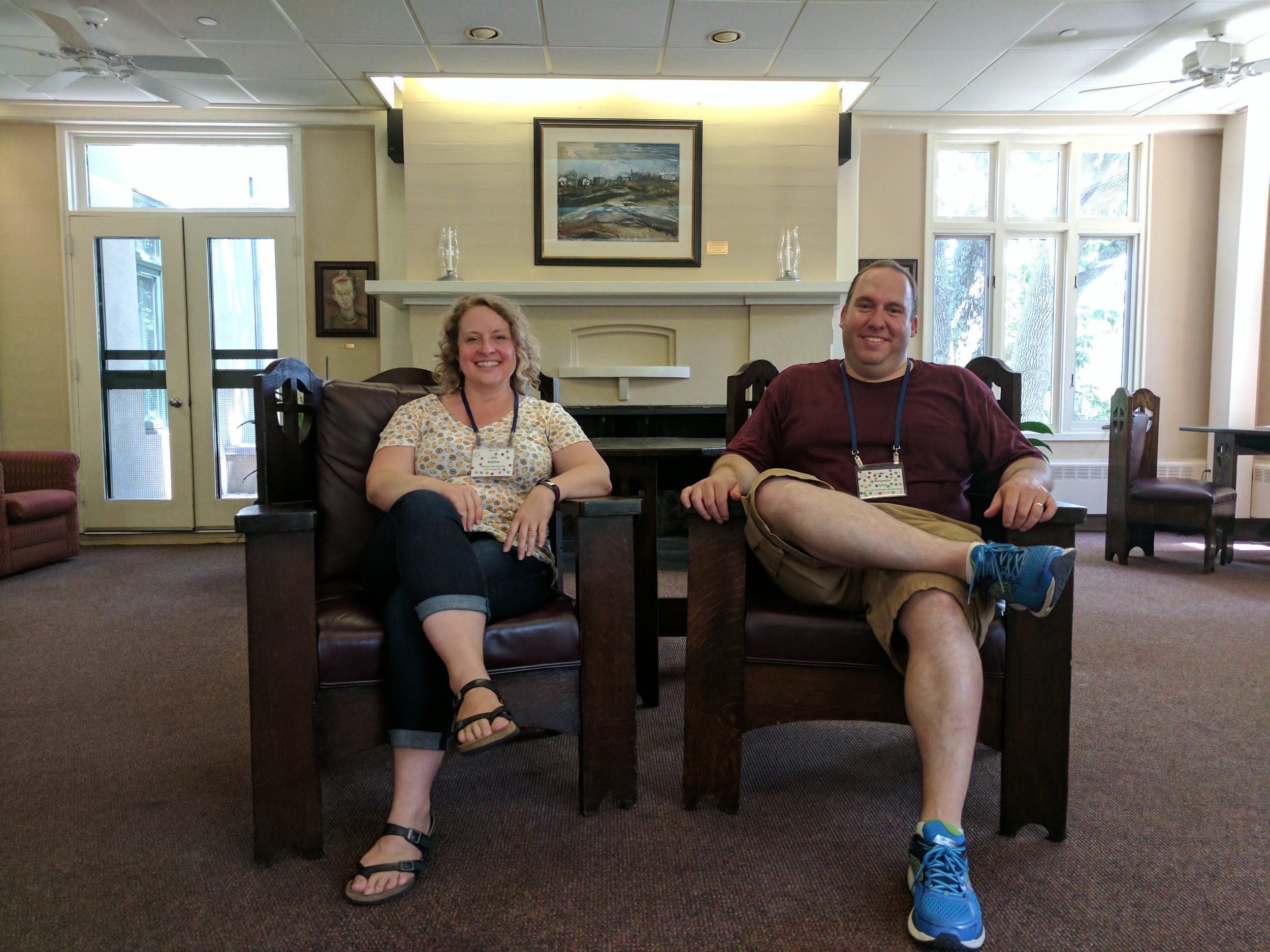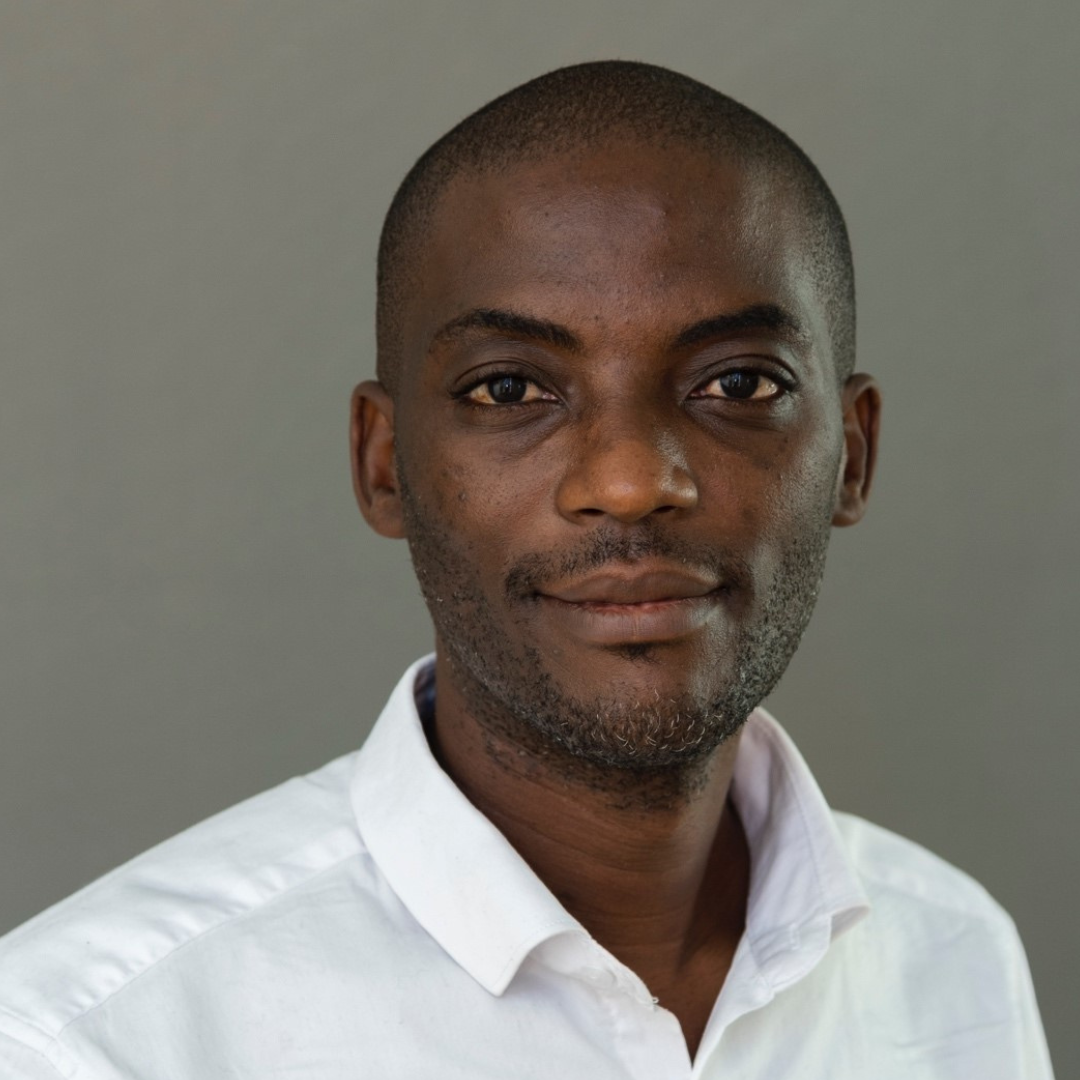Meet Mohamed “Mo” Gatie of the Sloan Kettering Institute. Mo is a postdoctoral research fellow in Dr. Anna-Katerina Hadjantonakis’ lab. He took part in our 2021 Mouse Engineering Virtual Minicourse and returned last month to train, in-person, at the Mouse Development, Stem Cells & Cancer course last month.
Tell us about your research.
How cells differentiate and acquire specific identities, organize in an orchestrated manner to generate an anatomical, fully functional organ remains an elusive mystery in developmental biology. To understand the mechanisms that govern the formation of endodermal organs, I use high resolution imaging with single-cell genomic technologies, coupled with precision mouse genetics approaches to further our understanding of normal endodermal organ development; a cornerstone for improving the understanding and treatment of congenital birth defects.
How did you decide to focus on this area/project?
During my graduate training, I focused on trying to understand the role metabolism plays in lineage decision using in vitro systems. However, for my postdoctoral work, I wanted to switch gears and study later stages of development and use the mouse as a model organism. I was fortunate enough to be accepted into the lab of Dr. Anna-Katerina Hadjantonakis who is an expert in mammalian embryo development, with a longstanding interest in the endoderm, the tissue which gives rise to the respiratory and digestive tracts and associated organs.
What and/or who is the inspiration behind your scientific journey?
My earliest childhood inspiration would have to be my uncle. I was always amazed by his ability to take things apart, fix them, and put them back together. This really resonated with me, as in developmental biology, we follow a similar process when we’re trying to understand normal development and/or disease.
What impact do you hope to make through your work?
In addition to advancing the field of developmental biology, I would like to provide increased opportunities to marginalized groups, minorities and women in science to remove the barriers these groups face and make science more inclusive and accessible to all.
Where do you see yourself in five years?
I hope to have a paper or two published from my postdoctoral work and focus on my career path towards an independent research program to do science and mentor the next generation of scientists.
What do you love most about being a researcher?
The scientific freedom to explore the unknown. The most satisfying aspect of research is when you first make a discovery--big or small--and for that moment in time you are the only person who knows about it.
What drew you to apply to this course?
The CSHL Mouse Development, Stem Cells and Cancer course is an intensive, 3-week course that brings together world-class researchers, instructors and students to learn and exchange their unique knowledge and expertise. Coming into this with little mouse experience, this course was exactly what I needed to enhance my competence in this area of science. The instructors and TAs were extremely knowledgeable and approachable, and truly made this experience unforgettable.
What is your key takeaway from the course; and how do you plan to apply it to your work?
The course was designed in a way to expose us to many different techniques. The point is not to be an expert, but perhaps learn and develop valuable skills that we can take back to our own labs and implement into our individual research projects.
What feedback or advice would you share with someone considering to participate in this course?
JUST DO IT! The lectures and the technical knowledge and various topics you will learn about during this course are invaluable.
What’s the most memorable thing that happened during the course?
The most memorable aspect is easily the collaboration I established with the CSHL Metabolomics course. I wanted to expand my knowledge and was lucky enough to interact with the students and instructors from the Metabolomics course, which was taking place at the same time as the mouse course. We were able to work on a project together and present the data to the class. Collaboration is exactly what science is all about, and CSHL is the perfect place for this.
Is this your first in-person course/workshop since the pandemic? If so, any thoughts you’d like to share?
Yes, this is my very first workshop ever. To many around the world, this pandemic has been very difficult. We in science thrive on collaboration, networking, discussing ideas as well as going to conferences to learn and present our work. I am extremely grateful for the opportunity to attend the CSHL Mouse Development, Stem Cells and Cancer course to learn from experts in the field and learn from amazing individuals.
What do you like most about your time at CSHL?
Without a doubt, it is the people I met in the course. I really enjoyed being able to thoroughly plan experiments, talk about science and just spend time at the bar relaxing after a long day with all the wonderful folks. The friendships that I have gained from this course will be everlasting.
Mohamed received a scholarship from the Howard Hughes Medical Institute (HHMI) to cover a portion of his course tuition. On behalf of Mo, thank you to HHMI for supporting and enabling our young scientists to attend a CSHL course where they expand their skills, knowledge, and network.
Thank you to Mo for being this week's featured visitor. To meet other featured scientists - and discover the wide range of science that takes part in a CSHL meeting or course - go here.
Image provided by Mohamed Gatie








































